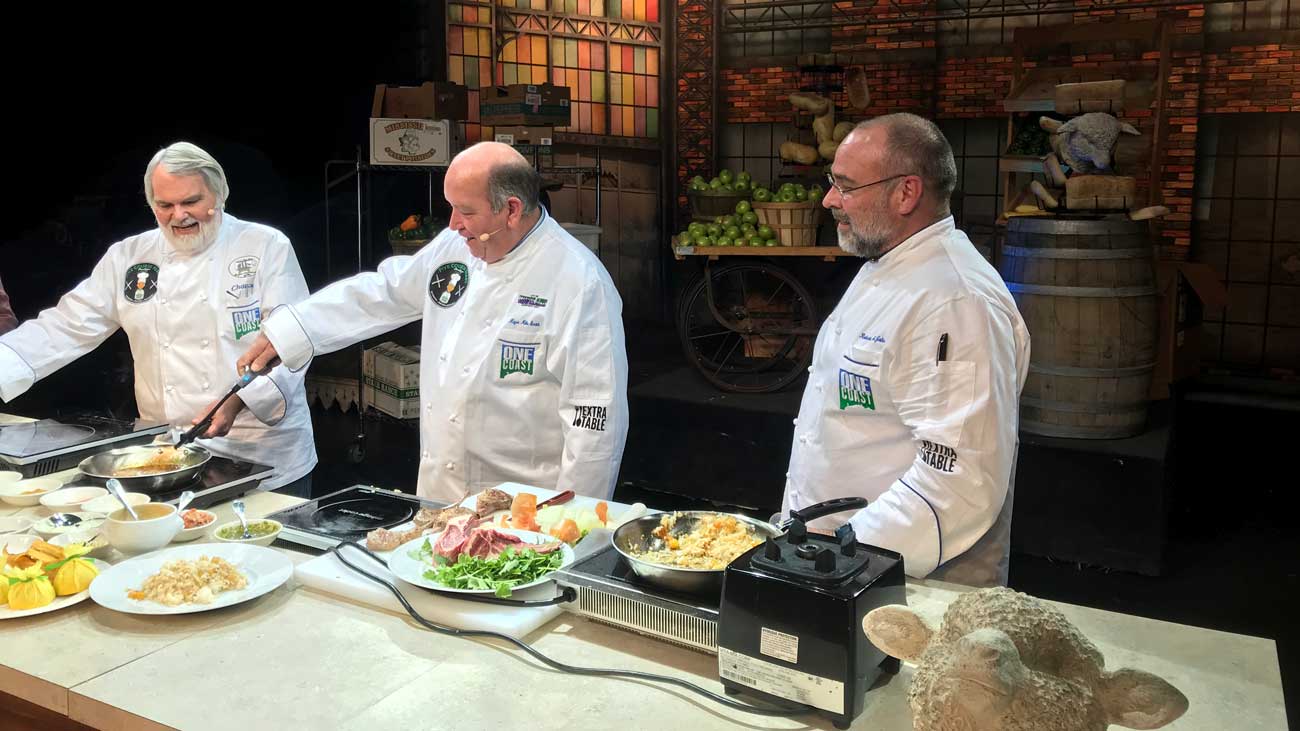“Oh my darling, oh my darling, oh my darling, Clementine.”
I spent a few months in Italy a couple of years ago and that song was stuck in my head the entire time. It came into my consciousness as quick as a verse of “Afternoon Delight” and was usually stuck there like a cheesy commercial jingle that refuses to be forgotten.
Why would a corny western folk ballad be stuck in my head while in Italy? Why not street-side accordion music, or one of the various files on my iPhone? The live version of The Band’s “Acadian Driftwood” was on constant rotation in Tuscany— that’s a great song to have stuck in one’s head.
It’s the man at the green grocer’s fault.
I have been a peach guy my entire life. For 50 years I have looked forward to June and the local peach harvest. In the spring I am a Louisiana strawberry guy. I eat bananas year round. That has always been my relationship with fruit: 1.) Peaches 2.) Strawberries 3.) Bananas, and just in case you are curious, 4.) Pears 5.) Grapes 6.) Oranges 7.) Blackberries 8.) Cantaloupe 9.) Watermelon 10.) Figs.
Our first day in Tuscany my friend Annagloria escorted me to her favorite local shops and introduced me to the butcher, the baker and the cheese maker who lived down the road from our villa. She showed me how the locals shop in the grocery store (trust me it’s different), and finally to the greengrocer for fruits and vegetables.
“You do not touch the fruits and vegetables,” she said. “Just tell them what you want or point to it and they will put it in a bag for you.” Italians don’t like people handling their fruits and vegetables. I’m OK with that. At first I was a little skeptical thinking that they were going to try to pass off the oldest fruit in an attempt to manage their inventory. The exact opposite is true. The green grocer wants to give you the best of what he or she has, and they don’t want anyone bruising the produce for future customers. Who am I to argue with a system that has been working flawlessly for a few thousand years?
The greengrocer in our little village of Tavarnelle wasn’t much bigger than a newsstand but it was a magical place. An old man, his wife, and their two sons worked the shop located directly on the town square. The sons drove small produce trucks throughout Tuscany and brought fresh fruits and vegetables back to the shop while the mother and father worked the store.
As Annagloria was guiding me through the fruits and vegetables I pointed at what I thought were tangerines. “Sei, per favore,” I said, asking for six in the best dialect I could muster.
“Clementinos?” the man asked.
“Tangerines? Tangerinos?” I struggled.
“They are Clementine oranges,” Annagloria explained.
“Tell him I’d like six please.” I wasn’t sure if a small bag of clementines was even worth the effort. I paid the man and Annagloria went to find my wife who had wandered into a nearby store. I took the produce to the car where I sat, waited and tried to process all of the information that Annagloria had given over the previous hour.
As I was sitting in the car waiting on my wife— an activity that I have become very good at over the past 25 years— I reached into the bag and grabbed a Clementine. I was raised on satsumas, which I guess is a cousin of the Clementine, so my taste buds were prepared for what I have always known. What I actually tasted was something I fell in love with instantly.
Move over Georgia peaches, there’s a new number one in town and her name is Clementine.
I know exactly where I was and what I was doing when I ate the best piece of fruit I have ever tasted. The clementine was sweet and juicy and easy to peel and better than any of oranges cousins, grandchildren or nephews twice removed. To me, it was as perfect as a food can be. Simple. Sweet. Beautiful.
We ate clementines throughout Italy and especially in Sicily where most of them are grown. When I arrived stateside, I placed clementines at the top of my first grocery store list. Though when I got home with the clementines they tasted nothing like the sweet, juice-filled citrus I had grown to love in Italy. I purchased more on subsequent store visits, each time to the same end.
Two weeks ago I was in Jackson on the same day that the new Whole Foods grocery opened their doors. As everyone rushed inside to load up on pricey, organic food products, I lingered near the entrance where flats of clementines were stacked on top of each other and tagged with a sign that read $5.00 per case. I bought seven flats.
They were from Spain but tasted pretty close to Sicilian clementines. I was in fruit heaven. On the ride home I ate half of a flat. On a return visit I purchased more, by now they had passed their peak, but they were still better than anything I had purchased over here.
Last week I was in Whole Foods again and there were new flats of clementines stacked at the entrance, in the produce section, and at the check-out lanes. These were from Morocco, but I thought I’d take a shot. I learned quickly that Moroccan clementines aren’t even as good as ours— a huge disappointment. I waited a few days to see if the Moroccan clementines would get sweeter with age, to no avail.
So what have we learned today boys and girls?
1.) It truly matters where a fruit is grown and the time of year it is harvested.
2.) Whole Foods isn’t always a food utopia.
3.) Some fruits are worthy of a cheesy folk ballad getting stuck in your head.
Orange Country Ham
2 Tbl Unsalted Butter
1 1/2 lbs. Country Ham, sliced 1/8-1/4” thick
1/4 cup Orange Juice, freshly squeezed
2 Tbl Orange Marmalade
1/4 cup Pure Maple Syrup
1 1/2 tsp Black Pepper, freshly ground
Place a large heavy duty skillet over medium-high heat. Melt half of the butter and just as it begins to brown, place the ham slices in the skillet. Brown each side and place ham on a baking sheet. Repeat this process to brown the remaining ham.
Lower the heat and place the orange juice, marmalade and maple syrup in the ham skillet. Cook for 4-5 minutes, stirring often to prevent burning. Add the ham back into the skillet along with the black pepper. Use a pair of tongs to move the ham and coat each slice with the glaze. When the ham is coated and hot, remove from the heat and serve immediately.
Yield:
6-8 servings



